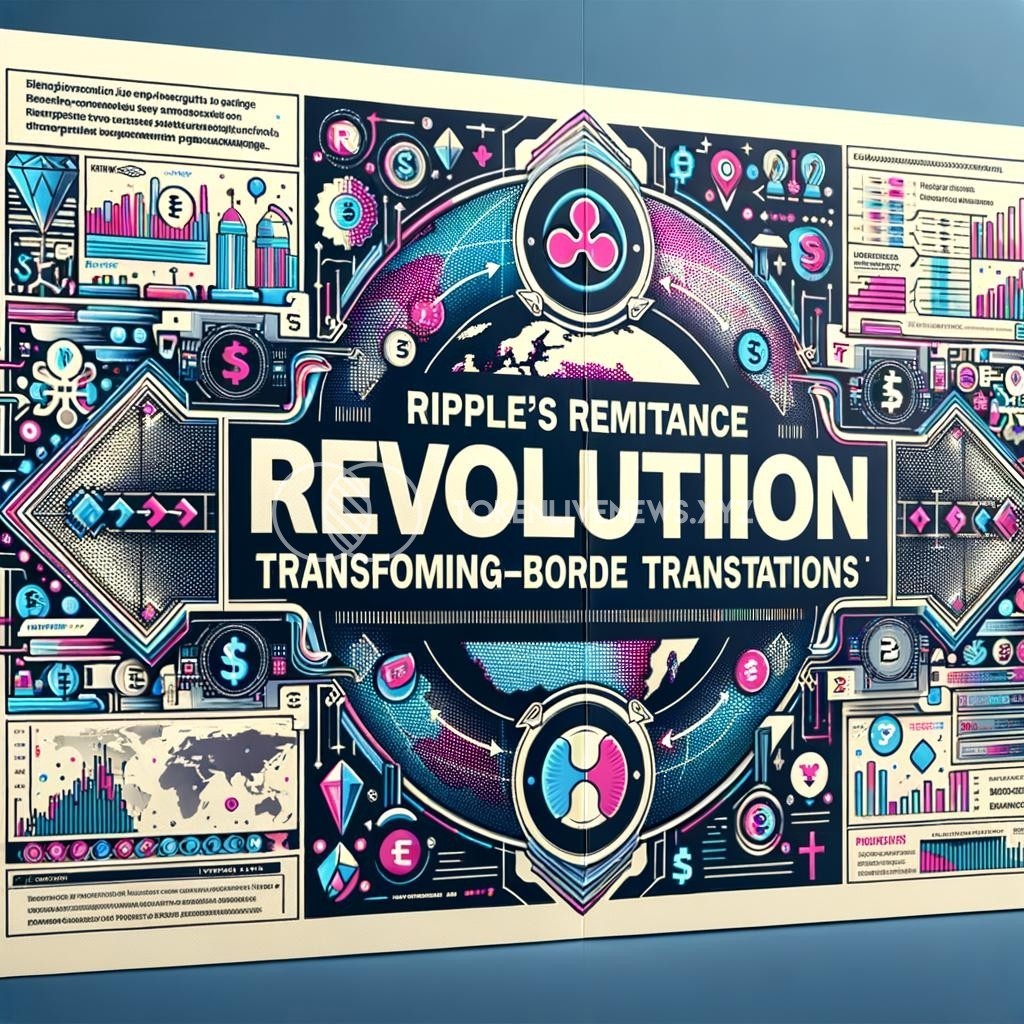Ripple‘s Remittance Revolution: Transforming Cross-Border Transactions
In a rapidly evolving digital age, cross-border transactions have long been plagued by inefficiencies and high costs. Traditional methods for sending and receiving money across borders often involve complicated processes, exorbitant fees, and lengthy wait times. However, with the emergence of Ripple’s remittance revolution, a transformative solution is on the horizon.
Ripple, a San Francisco-based technology company, has positioned itself at the forefront of the remittance industry, revolutionizing how cross-border transactions are conducted. Leveraging blockchain technology, Ripple enables financial institutions to not only facilitate instantaneous, secure, and low-cost global money transfers but also to bridge the gap between different currencies seamlessly.
One of the key advantages of Ripple’s platform is its ability to bypass the traditional correspondent banking system. Traditionally, when transferring money internationally, multiple banks often need to be involved in the process, leading to potential delays, additional fees, and increased vulnerability to errors. Ripple eliminates these complexities by using its native cryptocurrency, XRP, as a bridge currency. Through XRP, transactions can be conducted directly between two parties, cutting out intermediaries and reducing costs significantly.
Furthermore, Ripple’s technology, known as the RippleNet, promotes interoperability between financial institutions around the world. This network ensures that different payment infrastructures can seamlessly communicate and settle transactions in real-time. By leveraging RippleNet, financial institutions gain access to a global network of partners, eliminating the need for individual bilateral agreements, thus streamlining the cross-border payment process.
Ripple’s remittance revolution is already making significant waves in the financial industry. Several prominent financial institutions, including Santander and American Express, have partnered with Ripple to explore and integrate its technology into their existing systems. By harnessing the advantages of Ripple’s blockchain-based solutions, these institutions can offer their customers improved transaction experiences, lower costs, and faster processing times, ultimately transforming the remittance landscape.
Santander, for instance, implemented Ripple’s technology to power its One Pay FX platform, enabling customers to make same-day international transactions with greater transparency and certainty. Likewise, American Express leverages Ripple’s technology to enable faster cross-border payments, particularly benefiting American Express Card Members in the United States sending funds to Santander accounts in the UK.
Aside from improving transaction speed and reducing costs, Ripple’s remittance revolution also brings much-needed financial inclusion to the unbanked and underbanked populations worldwide. With traditional financial infrastructures often excluding marginalized communities, Ripple’s technology offers a lifeline by providing equal access to global financial services.
In conclusion, Ripple’s remittance revolution is reshaping the cross-border transactions landscape through its innovative blockchain-based solutions. By leveraging its native cryptocurrency as a bridge currency and facilitating seamless communication through RippleNet, Ripple is providing financial institutions with the means to conduct secure, low-cost, and instant global money transfers. As more institutions recognize the benefits, the ripple effect of this revolution will continue to transform the remittance industry, bringing about a more inclusive and efficient global financial system.







